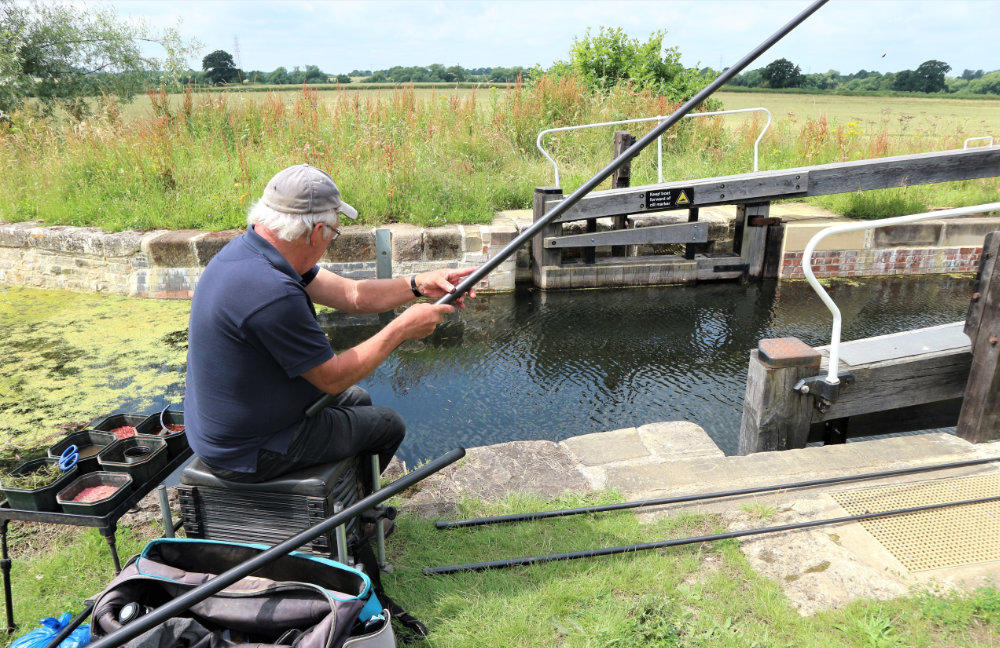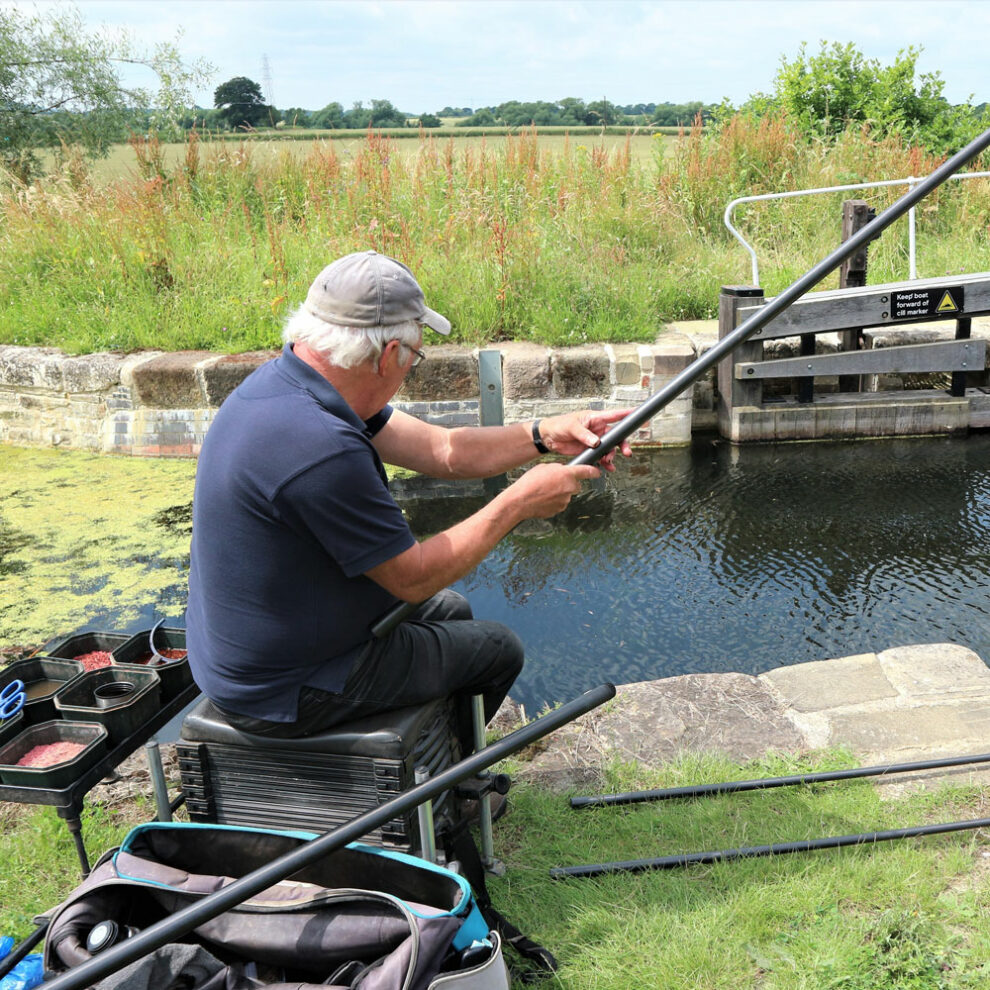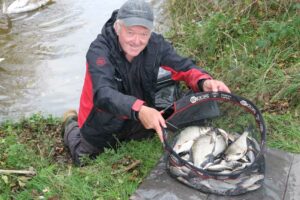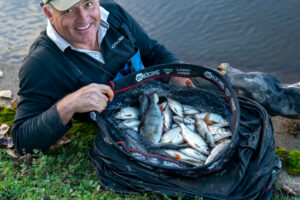Unknown Factors
Canals are fascinating venues because you never quite know what might turn up in them. Some are connected to rivers, while others may be linked to lakes, drains, or gravel pits. Fish movement is common due to locks being operated and streams that feed these waterways from nearby reservoirs. There can be times when canal towpaths appear devoid of life, only to be entirely different on return visits. Your approach is important. Canals can be temperamental, requiring methods that carefully suit their characteristics. Fish might be close in, shoaled in the deeper boat channel, or tucked tight to far bank features. You need to search your way across to maximise catches. Working through a selection of different baits is another key to success. Switching what you are feeding and putting on the hook can suddenly wake things up, revealing a wholly different world.
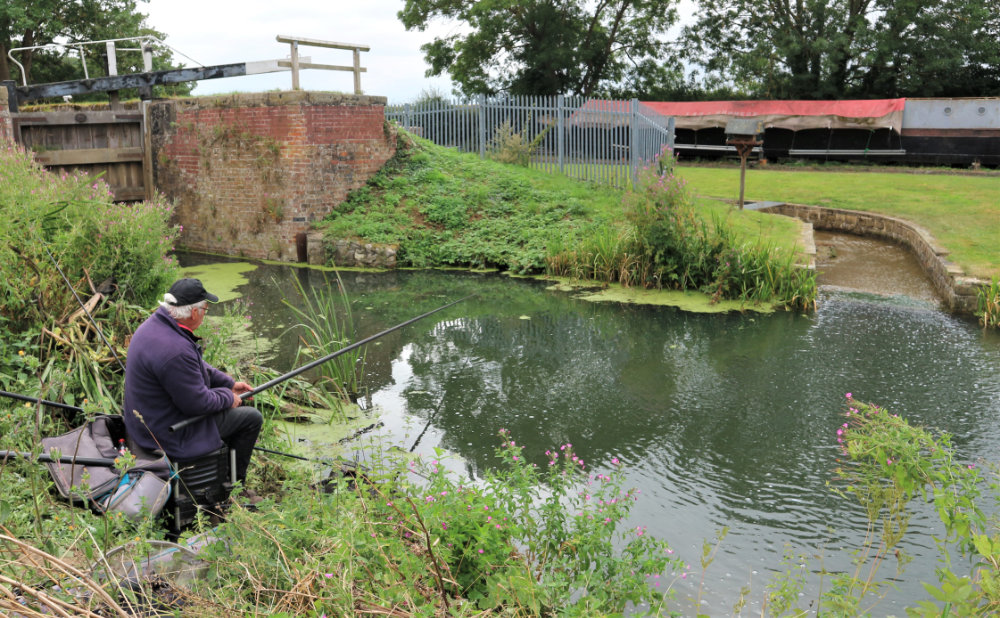
Bait Matters
Of all the different types of venues I’ve fished, canals are the trickiest to crack when it comes to baits. Back in my early match fishing days, it was largely a waste of time if you didn’t take squatts. These tiny maggots had an uncanny knack of activating the fish, a bit like bloodworm and jokers did before they were banned in most competitions. It was important to feed squatts, either neat or in groundbait, to wake swims up. Thereafter, you could set to work with maggots, casters, worms, or hemp to tempt any bigger fish that might be present. Another top bait was bread. Some sections would only respond to a punch attack, while on venues with a good head of big fish, casters were a must-have. The latter worked wonders for match winning chub and bream. Hemp was another canal bait that could magically transform bad pegs into good ones, finding quality roach if any were there.
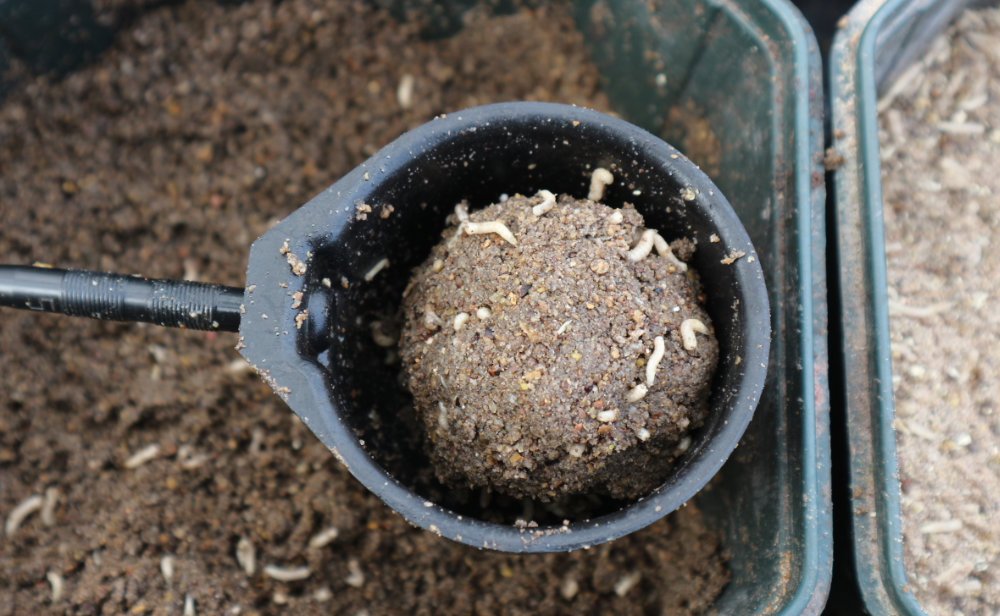
Fish Finding
Some canals have fallen into disuse over the years, although a few are being restored. That’s the case with the Grantham waterway, which I spent several intriguing years exploring. Many anglers had given up on it, but with persistence there were still pockets of fish to be discovered. This brings us to one of the most important aspects of canal fishing, which is location. Large sections of any canal, particularly when there is little or no boat traffic to stir things up, can be virtually lifeless. The water turns clear, forcing the inhabitants to seek areas where they feel safe from predators. Hotspots are not always obvious, but this one by a lock was, having a small feeder stream running in. Fish were attracted by the extra water movement, also the shelter provided by such a big structure. The only other feature on this exposed section that guaranteed plenty of bites was thick far bank reed cover.
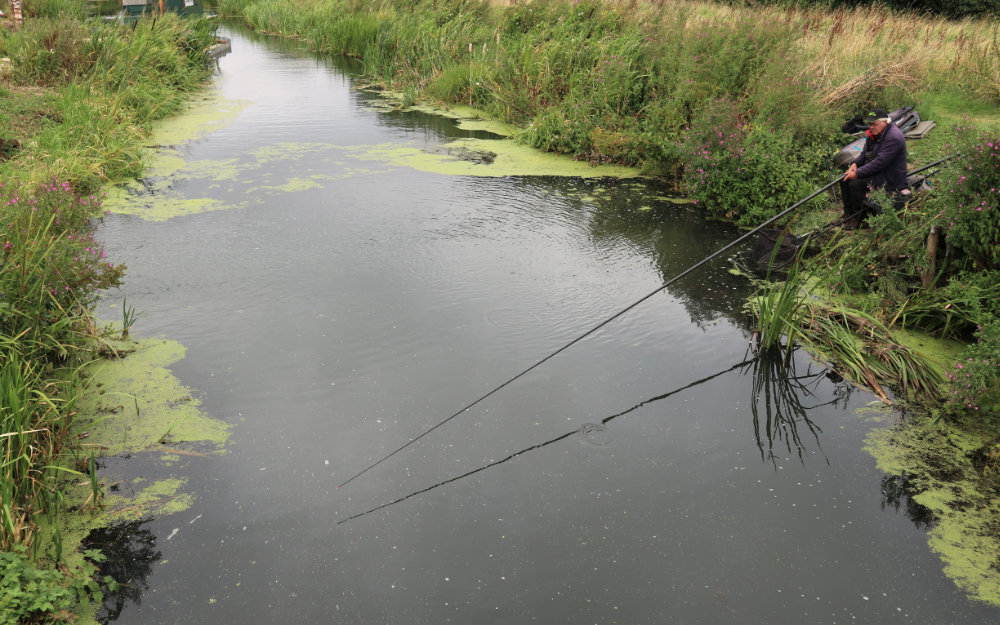
Lethal Punches
Punched bread has a wonderful ability to stir up instant action on the most difficult of canals. There was a Grand Union stretch in Hertfordshire that hardly anybody bothered with, thanks to it being narrow and hard work. But I knew the venue was well stocked because I could see big shoals of roach before the first boats of the day stirred things up. I tried numerous tactics, before accidentally stumbling on a winning formula. I had been experimenting with liquidised bread as punch groundbait because a few London anglers were cleaning up with it in inner-city areas. I had some left over from a competition and half-heartedly tried it, on a section I had nicknamed Dead Man’s Straight because it’s so unresponsive. To my amazement, my float instantly came alive and kept going under. It was like a switch had been flicked. The bigger the punch size, the bigger the fish.
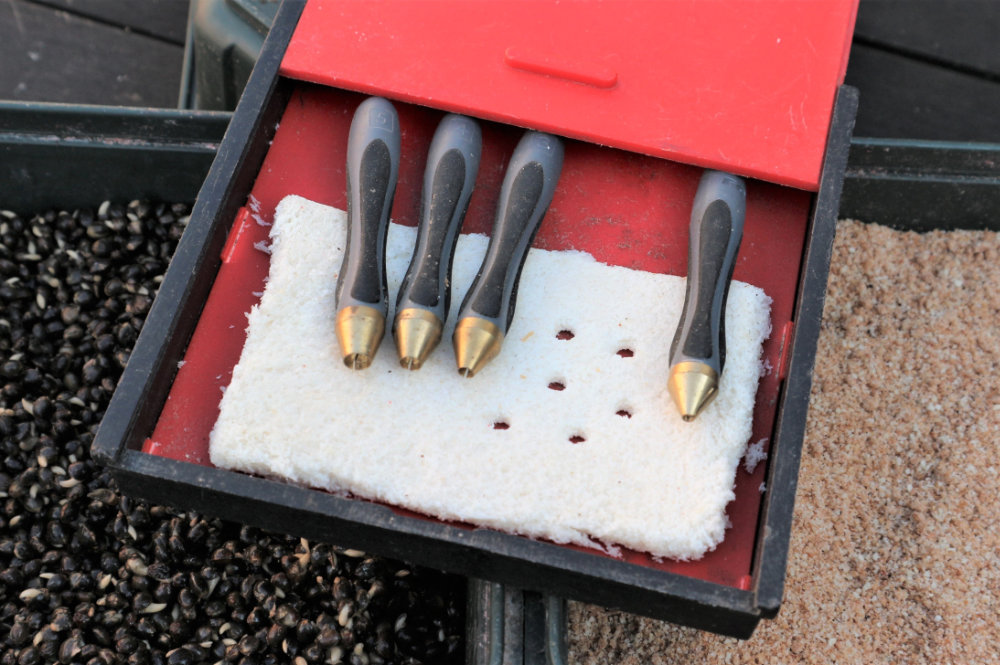
Ups and Downs
When canal matches were massive, I drew a section nobody wanted on a 300 entry London Anglers Association Canal Benevolent event. It was the same pound where I had discovered punch and liquidised bread scored so well. While everyone else adopted a gentle approach, I attacked with my special groundbait and fished a large piece of punched bread under a light waggler, over to the far bank. I bagged up with quality roach, winning the section by a mile and ended up second overall, enjoying a big payday. I discovered another top bait on the Oxford Canal. At the time everyone was using white squatts, so much so, when I went to a tackle shop to get some, they only had reds left. I reluctantly purchased some, only to find they won me the next big match and several more after that. Back on a midlands’ canal more recently, I didn’t crack this one, which was infested with pike.
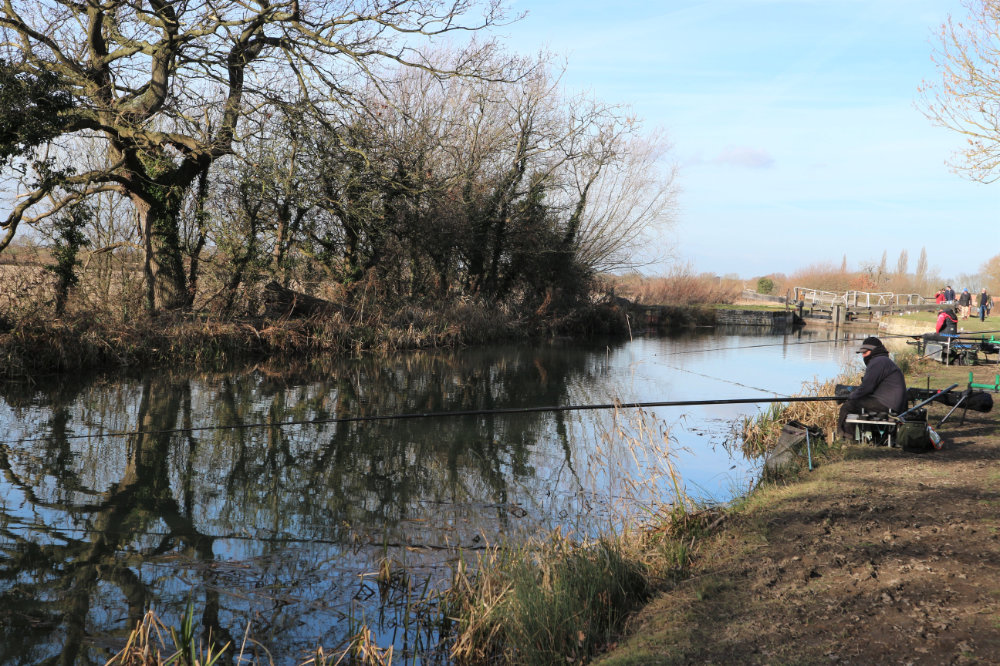
Worm Power
Although worms are a popular canal bait, especially for perch and skimmers, I use them cautiously. It’s too easy to become sidetracked with a chopped worm approach, which often brings a quick flurry of bites and then dies a death. Unless you are on a brilliant peg, it’s better to use worms as back-up, well, out of the way of your main feed lines. Worms can mess up roach and skimmer fishing by pulling in too many predators. Big perch are always welcome bonuses, but pike and zander are not, and they typically get attracted by regular helpings of mulched wrigglers. As a result, I only use worms as my main attack in rock-hard areas, where the best chance of success is big perch or tench. I learnt a clever way of using this bait on the Fossdyke Canal, where locals feed it down the nearside pilings. With good depth there, it doesn’t interfere with other areas.
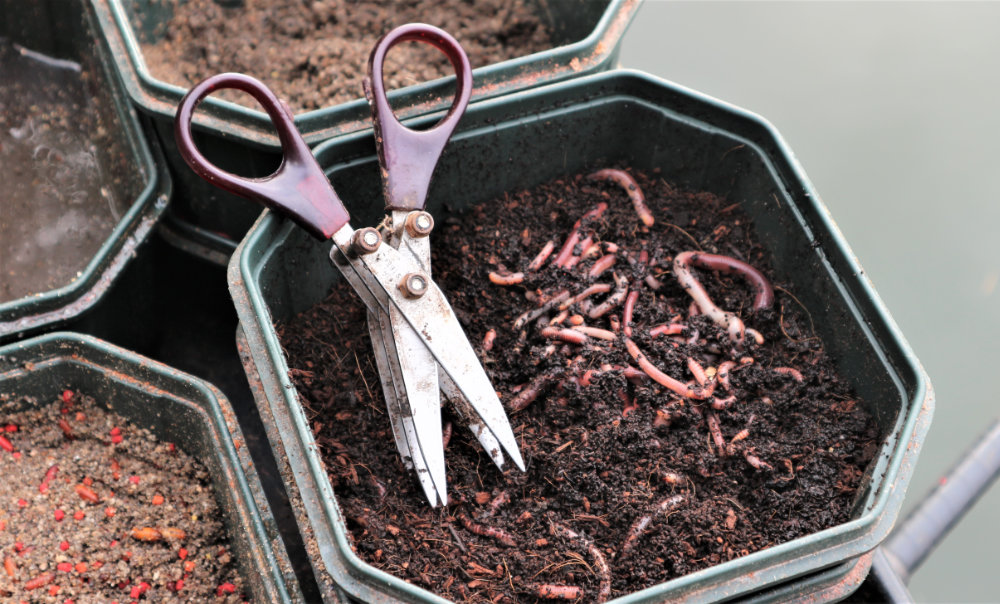
Classic Float
One of my favourite canal floats was made popular through the Image brand, which was started by top cut anglers in the Luton area. This design has a beautifully tapered body, with a wire stem and sensitive fibreglass tip. It cocks quickly due to its heavy stem, also holding back well when the water moves due to locks operating. It’s perfect for baits like squatts, pinkies, hemp and punched bread. Much copied over the years, there’s nothing to beat this type of format, although I have switched to using titanium wire stems. Normal pole float wire can bend out of shape and is difficult to get straight again, while titanium naturally springs back after being bent. Smaller versions of this float can be used in shallow water, over the far side ledge, while bigger capacities work wonders close in or down the main boat channel. This versatile model catches on-the-drop and at full depth.
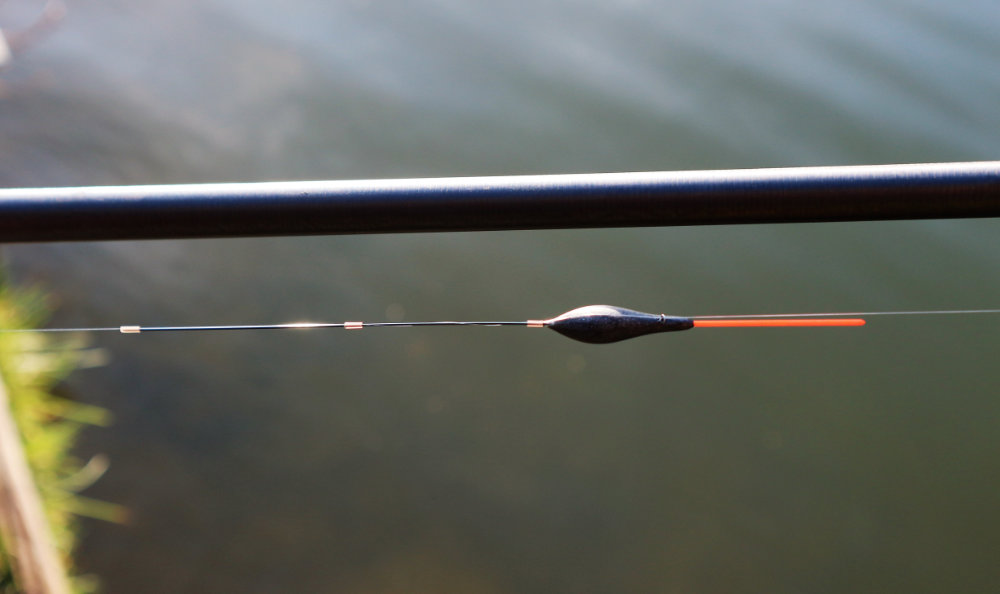
Finding Skimmers
Although big bream sometimes turn up on canals, smaller skimmers often provide the best catches. When everyone was using squatts, a great way of finding these fish was to blast pegs with big helpings of these tiny maggots, feeding off smaller species like gudgeon, perch, and roach to get through to them. Squatts are rarely used nowadays and difficult to get. A different and yet similarly effective modern approach is to use pellets. Feeding a mix of micros in groundbait, then banding a 4 mm pellet over the top can work wonders. This gets through the small stuff and finds better sized skimmers, along with chances of proper bream and bonus tench. Another good skimmer method is to feed pinkies in groundbait and fish with big red maggots on the hook. In winter and clear water conditions, big pellets of punched bread over crumb or liquidised groundbait are another option.
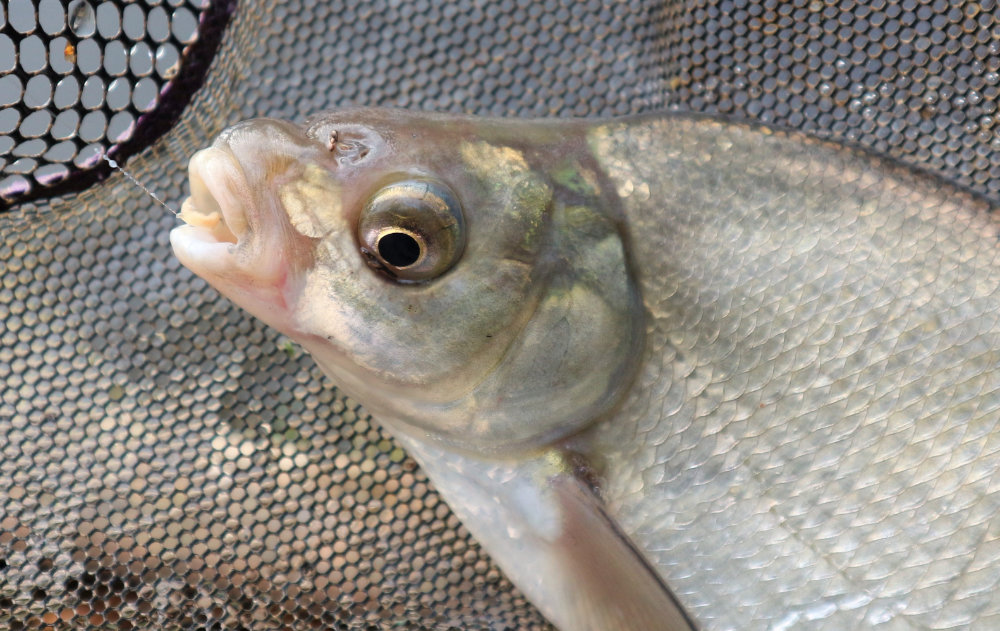
By Bridges
Bridge pegs are always hotspots on canals. The swims either side of this one on a newly reclaimed section quickly started to produce good weights of rudd, roach, and perch just a few weeks after work finished. Amazing, really, when you consider I often walked the pound previously and couldn’t see any signs of life. Even more astonishing was the way nature quickly took over and just a year later, this stretch was heavy fringed with Norfolk reeds. I would always be happy with a feature peg like this on any canal match. Big fish like the cover and can typically be caught right underneath such structures. Perch are bridge favourites, along with roach, skimmers, rudd, carp and even chub, if any are present. I’m convinced fish can’t see your tackle in shady areas like this, where big shoals stack up in close proximity, probably due to the protection offered from predators like cormorants.
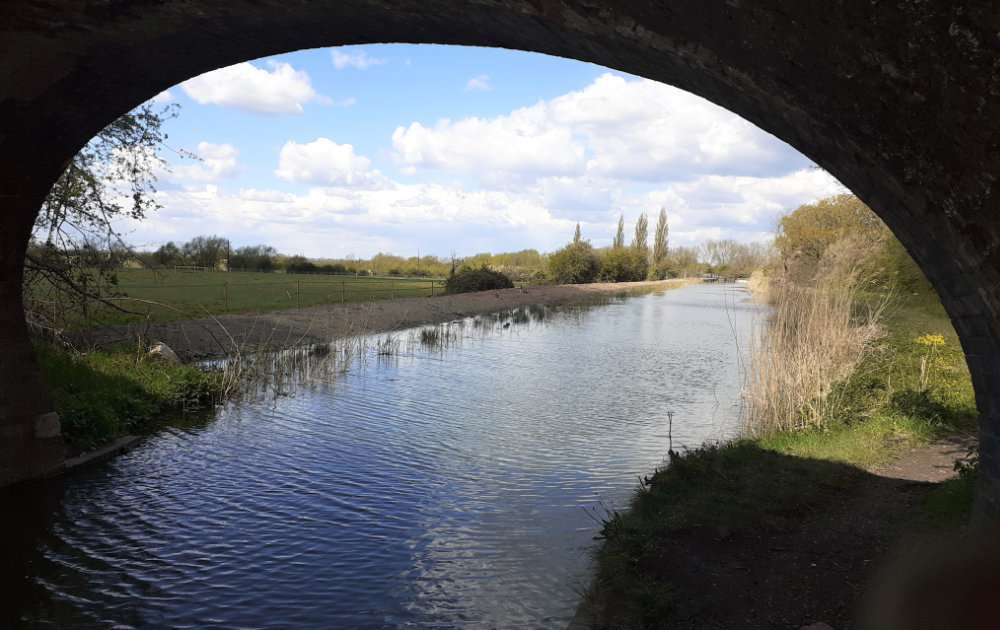
Caster Logic
Casters rarely work immediately on canals and need to be fed in areas where big fish are likely to be resident. In most cases, that will be over on the quieter far bank, especially if there are any features like overhanging branches, moored boats, lilies, or heavy reed cover. The trick is to feed casters in small amounts regularly, but not to go over with a long pole or waggler until anything that becomes interested in this bait is feeding confidently. Going across too early might get you the odd bigger bonus, but by being patient, the last couple of hours of a canal session can turn into a proper bonanza. Species like bream, chub, tench, quality roach and even carp can turn up. It’s best to work your way across, starting close in, where often a quick flurry of fish will result. If there’s little or no boat traffic, the main channel can be good for a fair time too, before attacking any far bank hotspots.
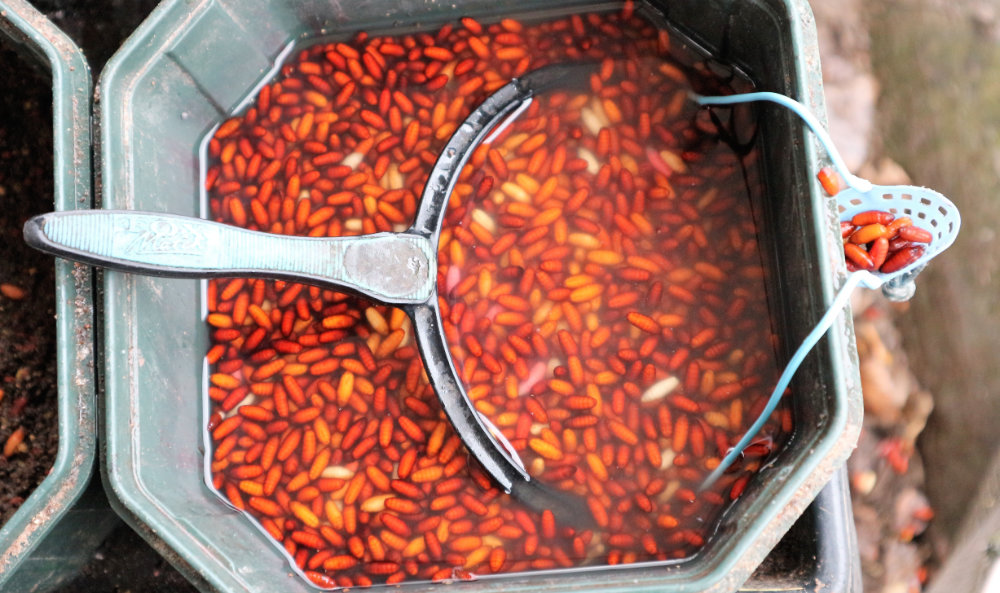
Elusive Fish
Chub find their way into many canals, but are normally difficult to catch. They tend to hug far bank features, loving any cover that bushes, trees, landing stages and moored boats provide. The caster approach mentioned previously will undoubtedly work it’s magic, typically towards the end of sessions. Canal chub are incredibly spooky, so you need to get them feeding confidently before attacking them over the far side. On wider pounds the waggler is difficult to beat, while if the water is towing a lot a small maggot feeder or light bomb rig can score well too. The long pole is another option, but if the water is clear it’s advisable to use extra line down to the float, keeping the pole tip slightly to one side to avoid scaring fish in the shallow far bank water. Chopped worm and casters is another bait option when using pole tackle, feeding two areas a few metres apart to maximise catch potential.
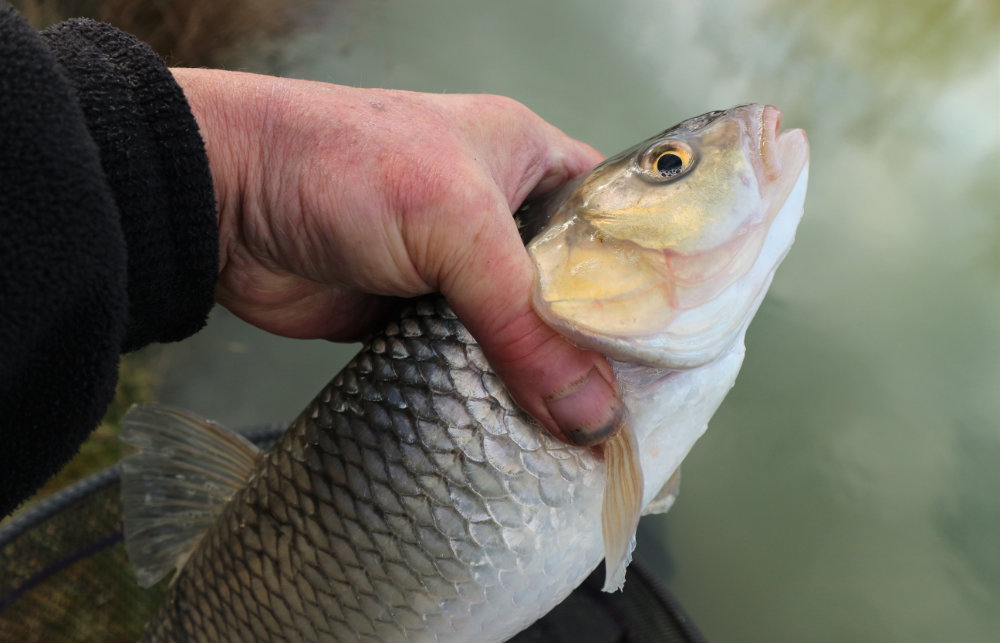
Choice Pegs
Having fished many canal matches, relying on the draw bag for where I ended up, taught me lots about good swims. I’ve already mentioned bridges and locks. On this occasion, on a disused canal, I tried exploring right inside the lock chamber. It was surprisingly deep in there, so when a big tench came charging out into the main canal it was tricky taming it in only 3 feet of water, considering my float was set over four times that! Another obvious area to try on canals is wide turning bays, looking to find skimmers and bream that love these areas, normally over the far side. Moored boats are another good bet, especially if you pick a quiet one that’s not occupied. A particularly good winter option is to seek sheltered areas on urban canals, where fish tend to shoal up away from predators. Overhanging structures and warm water outfalls are always worth exploring.
